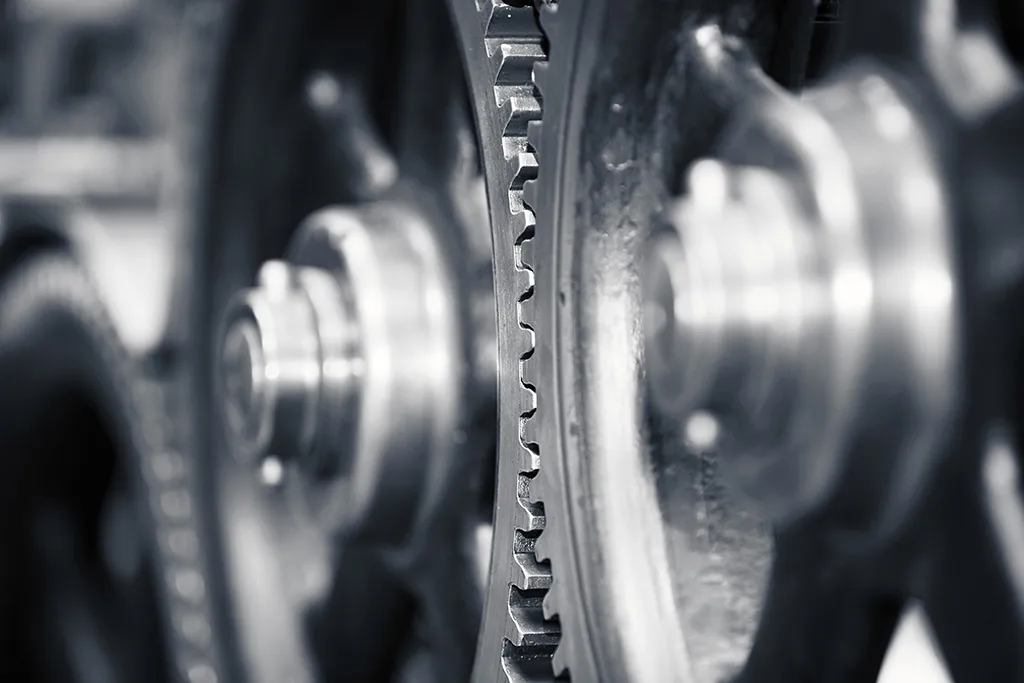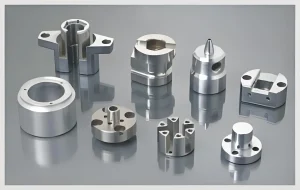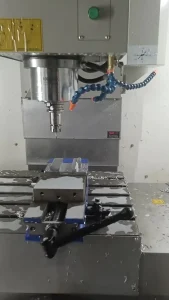CNC turning is a manufacturing process that shapes materials using a computer-controlled lathe. This technique is widely used in various industries. It provides high precision and efficiency, making it a favorite among manufacturers. In this article, we will delve into the details of CNC turning, its benefits, applications, and the technology behind it.

Understanding CNC Turning
CNC stands for Computer Numerical Control. In CNC turning, the lathe rotates the material, allowing cutting tools to remove material. This process creates cylindrical parts. Operators input specifications into the CNC machine. The machine then executes the commands with great accuracy.
The CNC Turning Process
The CNC turning process involves several key steps. First, operators secure the material in the lathe. Next, they input the desired dimensions and specifications. Once the machine is set, it begins to rotate the material. Cutting tools then remove excess material. This method allows for intricate designs and shapes.
After the initial turning, additional processes may follow. For instance, finishing operations can enhance surface quality. Techniques like sanding or polishing often come next. These steps improve the final product’s appearance and functionality.
Benefits of CNC Turning
CNC turning offers numerous advantages. First, it significantly increases production speed. Since machines operate continuously, manufacturers can produce parts quickly. Second, CNC turning ensures high precision. The computer control minimizes human error, leading to consistent quality.
Moreover, CNC turning is cost-effective. Although the initial investment in machinery can be high, the long-term savings are substantial. Automation reduces labor costs and minimizes waste. Thus, manufacturers can achieve higher profit margins.
Applications of CNC Turning
CNC turning finds applications in various industries. The automotive sector relies heavily on this technology. Manufacturers use CNC turning to create engine components, transmission parts, and more. Similarly, the aerospace industry benefits from CNC turning. It produces high-precision parts essential for aircraft safety and performance.
Other industries also utilize CNC turning. Medical device manufacturing requires precise components. CNC turning provides the accuracy needed for implants and surgical tools. Additionally, the electronics industry uses CNC turning for creating intricate housings and connectors.
Technology Behind CNC Turning
The technology behind CNC turning is continually evolving. Modern CNC machines come equipped with advanced software. This software allows for complex designs and easy modifications. Operators can simulate the turning process before actual production. This feature helps identify potential issues early.
Furthermore, advancements in materials have enhanced CNC turning. Manufacturers can now use various metals, plastics, and composites. Each material has unique properties, allowing for diverse applications. This versatility makes CNC turning a valuable process across industries.
Conclusion
In summary, CNC turning is a vital manufacturing process. Its precision, efficiency, and versatility make it indispensable. Industries from automotive to aerospace rely on this technology. As CNC machines continue to evolve, the possibilities for innovation are endless. Embracing CNC turning can lead to improved productivity and product quality. Therefore, businesses should consider integrating CNC turning into their manufacturing processes for ultimate success.






